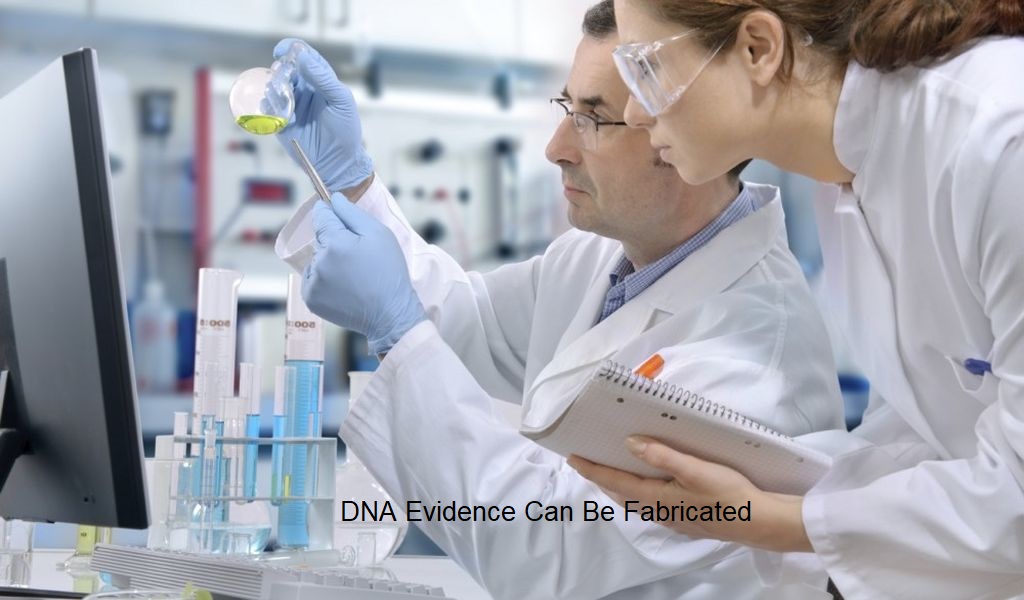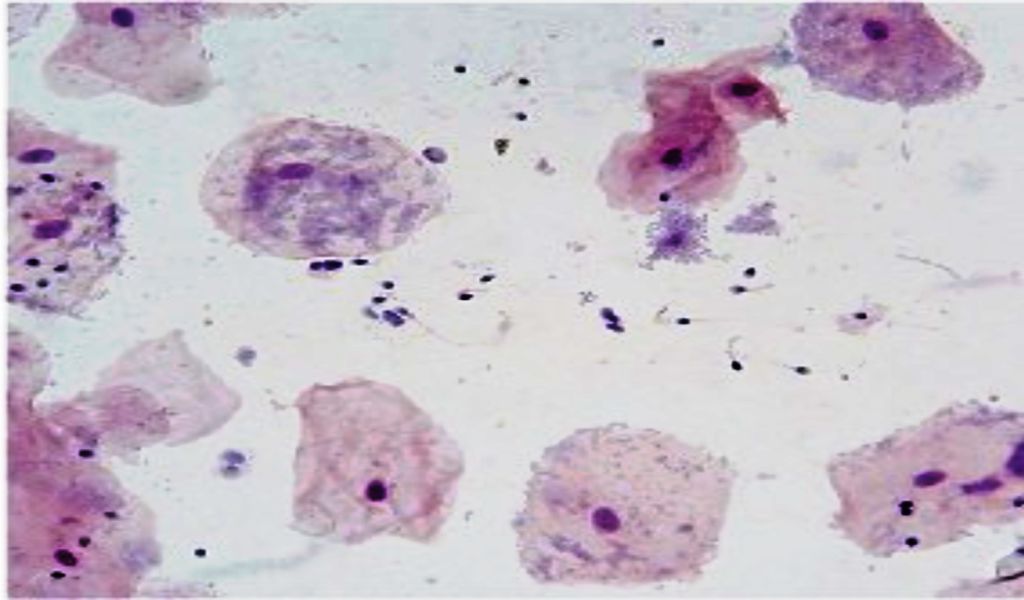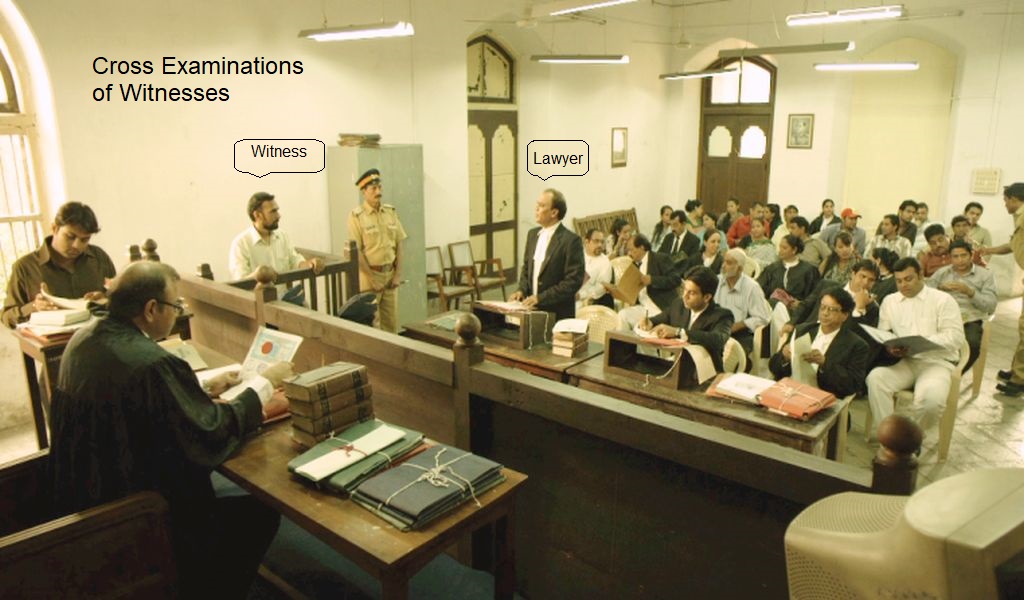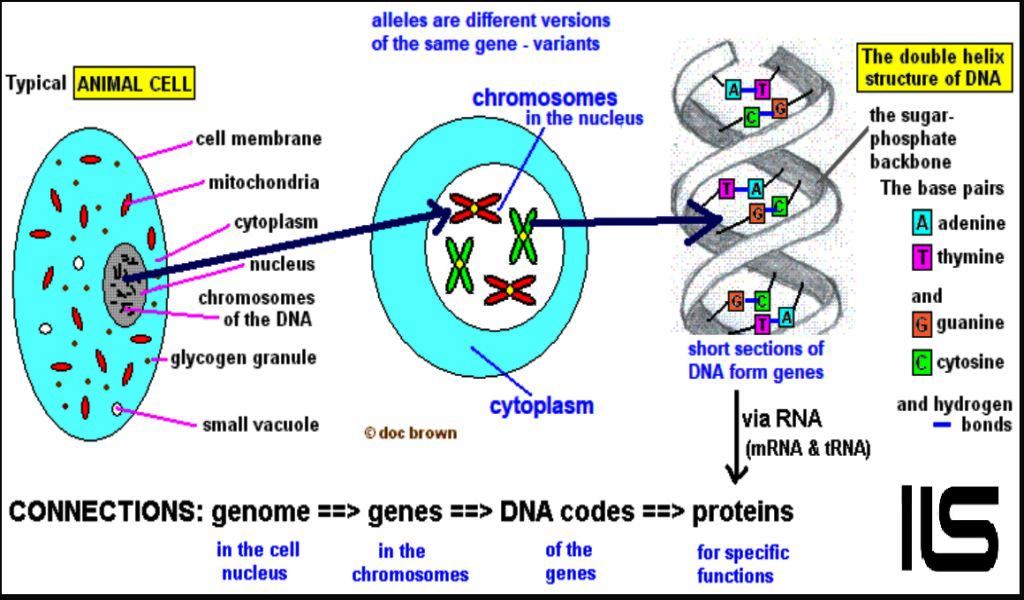Forensic Serology
About the Forensic Serology
Serology conducts a series of Scientific Experiments and decides the identification of the stains or samples recovered from a crime scene.
At a Spot of Occurrence of Murder, some coloured stains are recovered. The serology will decide whether or not this stain contains some human Body-Fluids. If yes then which Body-Fluid?
Serology will only identify which of the Body-Fluids is present in the stains seized by the investigating team.
It is different from DNA analysis
Serology and DNA Analysis are two different things although they support each other. The Serology decides which Body-Fluid is present in seized stains. Thereafter the DNA Analysis decides what is the DNA Structure of that Body-Fluid.
So far as the DNA Analysis is concerned all the Body-Fluids have the same DNA Structure.
For this reason, if a stain of semen is recovered from a Spot of Occurrence then deciding that it was semen confirms the sexual intercourse on the spot while later its DNA Analysis will confirm that the author of that stain was the suspect or someone else.
The Role of the Forensic Serology
Hence, The Forensic Serology is primarily responsible for the detection and identification of biological material (i.e., blood, semen, saliva, and urine) on physical evidence in order to:
- Link suspect(s) and victim(s) to each other and/or to the scene(s)
- Include or exclude potential suspect(s) or victim(s)
iii. Establish crime scene(s)
- Identify weapon(s)
- Corroborate case circumstances
Types of Forensic Serology
Serology is split into two categories of investigation:
Presumptive Testing:
These tests provide two separate means of producing a result. One is to use compounds that can have an effect on blood when introduced to it. These results are a simple and quick way of proving that samples are actually blood especially if time is of the essence.
Confirmatory Tests:
This is a more involved set of tests that are carried out using samples of what is believed to be blood and mixing them with a chemical compound that reacts adversely with hemoglobin, the resultant factor being the production of crystals under the microscope that can be identified as blood.
It is important that these tests – either one of them – are carried out to prove that these stains are in actual fact blood; and, more importantly, human blood. This is particularly important if the deceased’s body has been found outside where it may be possible that animal blood has been spilled on the ground at some point.
Visual Examination
The first step in a serological examination is visual examination of stains. These stains of Body-Fluids may, or may not, be visible to the naked eye. The alternate light source (ALS) allows the scientist to view Body-Fluids stains which are invisible to the naked eye. This is done in a dark room while wearing colored goggles. The Body-Fluids stains will fluoresce when viewed under visible light of different wavelengths. These recovered stains are then subjected to appropriate presumptive and confirmatory tests,.
Different Body-Fluids in Forensic Serology
Semen
Presumptive test for semen
The Acid Phosphatase (AP) Test is a presumptive test for semen. Acid phosphatase is an enzyme that is present in high concentrations in seminal material. If a purple color change occurs within a minute, the test is considered positive for the possible presence of semen. This is not a conclusive test as AP is also found in other substances (e.g., vaginal secretions, douches, and contraceptive creams), although at lower concentrations.
This test is also called Brentamine Fast Blue Test. Because, In the presence of Alpha-Naphthyl acid phosphate and Brentamine Fast Blue, AP will produce a dark purple color in less than a minute.
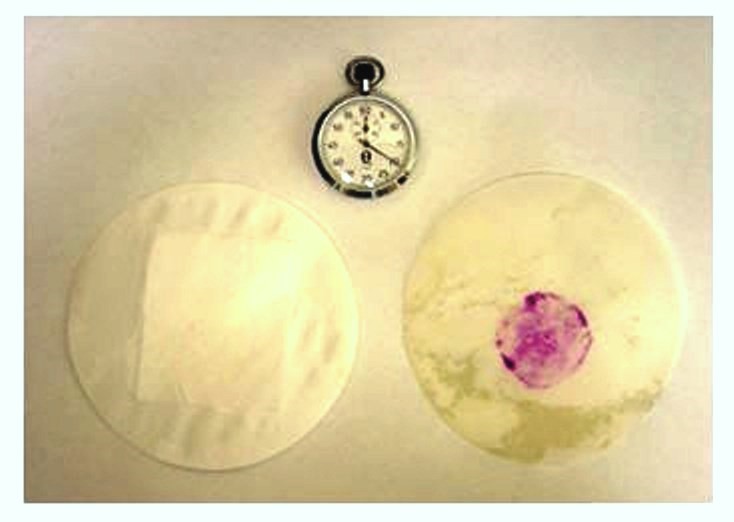
Confirmatory tests for semen
Using compound microscopes, scientists search for spermatozoa, or sperm cells, on slides prepared from swabs, clothing, etc. The slides are stained using the Kernechtrot-Picroindigocarmine Stain, or “Christmas Tree Stain”, in which the heads of the spermatozoa are colored red and the tails are colored green.
Another confirmatory test for semen is RSID™ Rapid Stain Identification Test.
If spermatozoa are not detected, an extract of the stain is tested for p30, a protein synthesized in the prostate gland. An immunoassay is used to test for p30.
Blood
Presumptive tests for blood
The Kastle-Meyer (KM) Test is a presumptive test for blood. The Kastle-Meyer test is a quick inexpensive test used to analyze evidence at a crime scene for the presence of blood. Phenolphthalein reacts with hydrogen peroxide in the presence of hemoglobin to turn from colorless to pink. This reagents provide a presumptive test for blood, as food samples which contain hemoglobin (meat) and certain vegetables will also generate a positive response. An additional benefit of this procedure is that the samples remain intact and can be used in further testing including DNA analysis..
Luminol is a chemical that can be sprayed over a large area where even a small amount of blood may be present. In this test, luminol powder (C8H7O3N3) is mixed with hydrogen peroxide (H2O2) and a hydroxide (e.g., KOH) in a spray bottle. The luminol solution is sprayed where blood might be found. The iron from the hemoglobin in the blood serves as a catalyst for the chemiluminescence reaction that causes luminol to glow, so a blue glow is produced when the solution is sprayed where there is blood. Only a tiny amount of iron is required to catalyze the reaction. The blue glow lasts for about 30 seconds before it fades, which is enough time to take photographs of the areas so they can be investigated more thoroughly.
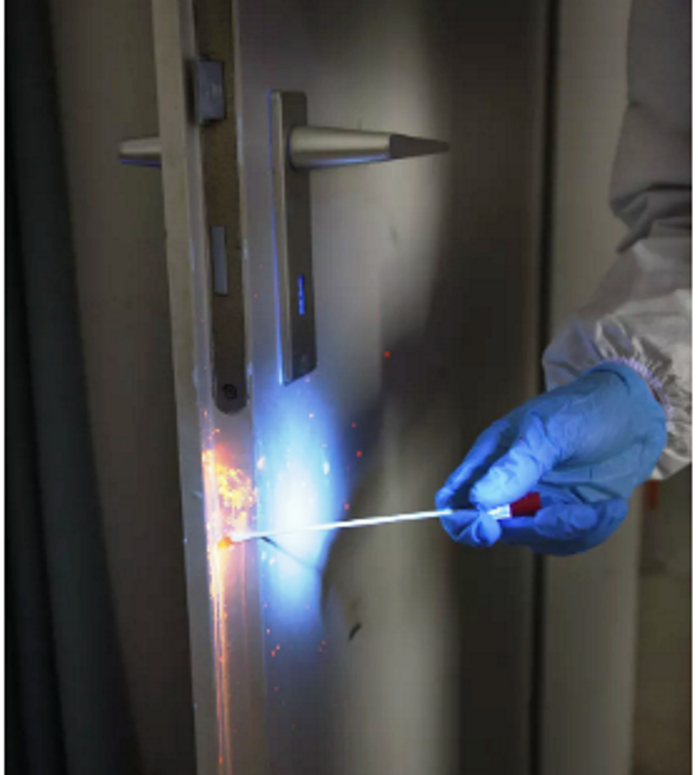
Confirmatory tests for blood
Confirmatory tests for blood include identification of blood cells under a microscope [Shaler, 2002], crystal tests such as the Teichman and Takayama tests [Shaler, 2002; Spalding, 2003], and ultraviolet absorption tests [Gaensslen, 1983].
In 1853, Teichmann reported that by gently heating blood with glacial acetic acid in the presence of salts, crystals were formed. The positive result is due to a combination of a halogen with ferriprotoporphyrin. The crystals are rhombic or prismatic in shape, dark brown in color, and about 10 microns in size
Teichmann test is a confirmatory test for blood based on the formation of distinctive haematin crystals that are viewed under a microscope. The reagents typically used are sodium chloride and glacial acetic acid.
Saliva
Presumptive Test
Phadebas® Amylase Test is a presumptive test used in forensic science examinations for the detection of areas of possible saliva staining. The test is designed to react with amylase, a digestive enzyme present in saliva. Some caution is required when a positive test result is obtained, however, as saliva is not the only substance to contain amylase. Phadebas, therefore, this test cannot confirm that saliva is present upon the surface of interest, it simply suggests that there is amylase activity present. When interpreting a positive casework result some consideration must therefore be given to what substances other than saliva could be present and reacting with the Phadebas® Amylase Test and also to the positioning of the staining; whether it fits with the transfer method described in the allegation and whether there might also be other innocent mechanisms which could explain the presence of the presumed saliva staining.
The Phadebas® Amylase Test is a presumptive test used to detect the presence of a-amylase, an enzyme present in high concentrations in human saliva. If amylase is present, a blue dye is released into solution. Alpha-amylase activity can be measured using a Ultraviolet-Visible spectrophotometer or, alternatively, visualized on reagent-coated paper.
Confirmatory Test
For confirmatory tests there has not been as much research done compared to blood and semen. However, RSID™ test have been made in order to detect alpha-amylase, but they are not always reliable because there can be a lot of false positives.
When you are dragged in a Court Case not because of your fault but because someone is allowed to misuse a law.
Victim of a Bad Judgment: When you are indicted not by a Judgment but by the poor quality of Judgment delivered.
Chamber No. 103, 104
AGGARWAL CHAMBERS
CD Block Pitampura
Delhi 110034
Call
+91 9910765379
When you are indicted not by a Judgment but by the poor quality of the Judgment. Judge’s ignorance also contributes.
With the growing demand for examination of cellular phones a need has also developed for the guidelines of process.
Serological Experts misuse the Court System because Defence Counsel, Prosecutors and the Judges are ignorant.
It is has been proved by Israeli Scientists that fabricated DNA can be prepared and used wherever required.
The question is whether just the presence of matching DNA significant (regardless of whether it came from semen, cells or another body fluid).
Were there ‘legitimate’ opportunities for a DNA transfer
People are equally aggrieved by the Bad Convictions. The best remedy against a Bad Conviction is to challenge it before a superior Court in Appeal / Revision.
The Advocate decides it.
This is a step by step explanation for understanding STRs in DNA fingerprinting. Even a Layman can understand the technical terminology used in those Reports.
Better to read it.
You are made Victim of False Allegation consequent to a greed, revenge, retribution or for trapping you so that your adversary attains another goal. They misuse the Law. And Someone pays for the whole life.











